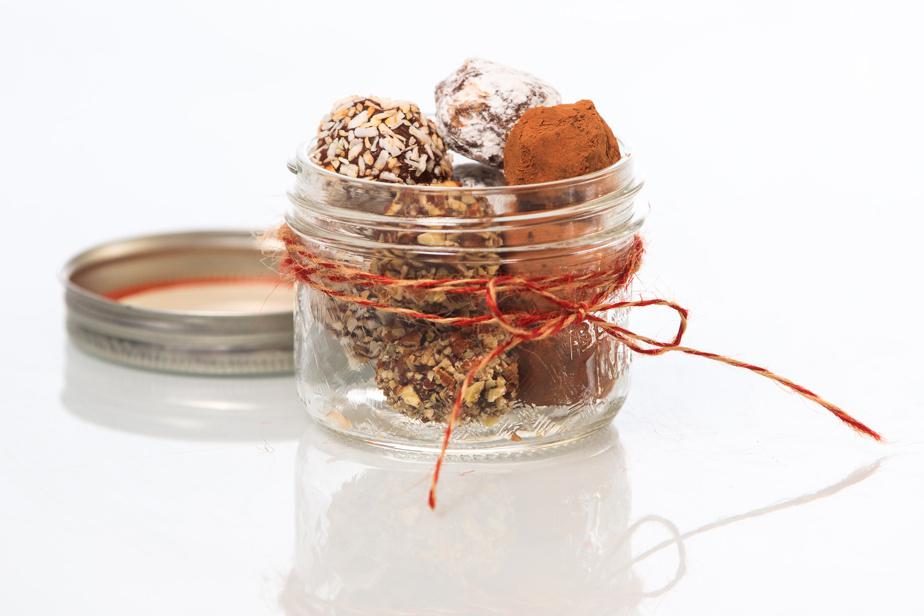A start-up transforms expired milk into textiles Close panel Open panel Plume Le Figaro App -icon - 512px V1 1 - Style/Logotypes/Le Figaro/Apps/jeux
By Sparknews - Germany
Shakespeare spoke of the “milk of human tenderness”. It was a certain tenderness - as well as an insatiable curiosity - that led a young German woman, microbiologist and stylist, to create a milk-based fabric, close to silk, that a sick parent could wear.
A simple and eco-responsible technique
In 2009, at age 26, his stepfather was diagnosed with leukemia. “His immune system being very weak, he could not wear anything because his skin reacted to all materials,” explains the young entrepreneur from her factory in Hanover. Most fabrics contain chemicals, residues from the cultivation and processing of textile fibers. Cotton production, for example, accounts for 35% of the world's use of insecticides and pesticides, according to WWF.
Anke Domaske and some friends bought $200 worth of milk and cooking utensils. And the experiments began, starting with a technique from the 1930s to create fibers out of casein, the protein in milk. “We tested over three thousand recipes,” she says. Getting a fabric that doesn't dissolve in water took nine months. Critics flew in, recalls Anke Domaske: “We were told to use chemicals to get there faster. But I only wanted natural products.”
Its patented process is simple: take milk, let it swirl, dry it into a protein powder like the one used by athletes, mix it with water and other ingredients natural materials, extrude the whole thing to give off a fluffy substance like a cotton ball, then spin it. Anke Domaske only uses expired milk and says it only takes two liters of water to create one kilo of fabric, which will sell for around $27.
Due to sanitary standards, huge amounts of milk are wasted around the world. German breeders throw away almost 2 million tons a year - enough to fill 770 Olympic swimming pools. QMilk, which works with twenty farmers in Germany, buys a thousand tonnes of it every year, for 4 cents a litre. Anke Domaske does not disclose its financial results but says it has received more than a thousand expressions of interest in QMilk fiber since its launch in 2011, with ten employees and an initial investment of $6 million.
High-end toilet paper
At the center of the production line, an eleven-meter extruder pulls long threads, like a spaghetti machine. Anke Domaske likes to stick a thread in her mouth to show visitors the harmlessness of the material. The fabric, silky to the touch, is effective against bacteria, biodegradable, machine washable. It warms in winter and keeps cool in summer.
Anke Domaske sells clothes that she has designed herself and rolls of fabric for stylists. Eventually, it will also target car manufacturers, furniture manufacturers and hospitals. The Italian papermaker Lucart has even launched a high-end toilet paper Carezze di Latte, sold for 3 or 4 dollars a pack.
Research is focused on textile fibers made from oranges or bananas. Millions of people could perhaps wear it one day.
Society, health, environment, education, energy
» Discover the actors and initiatives of change









